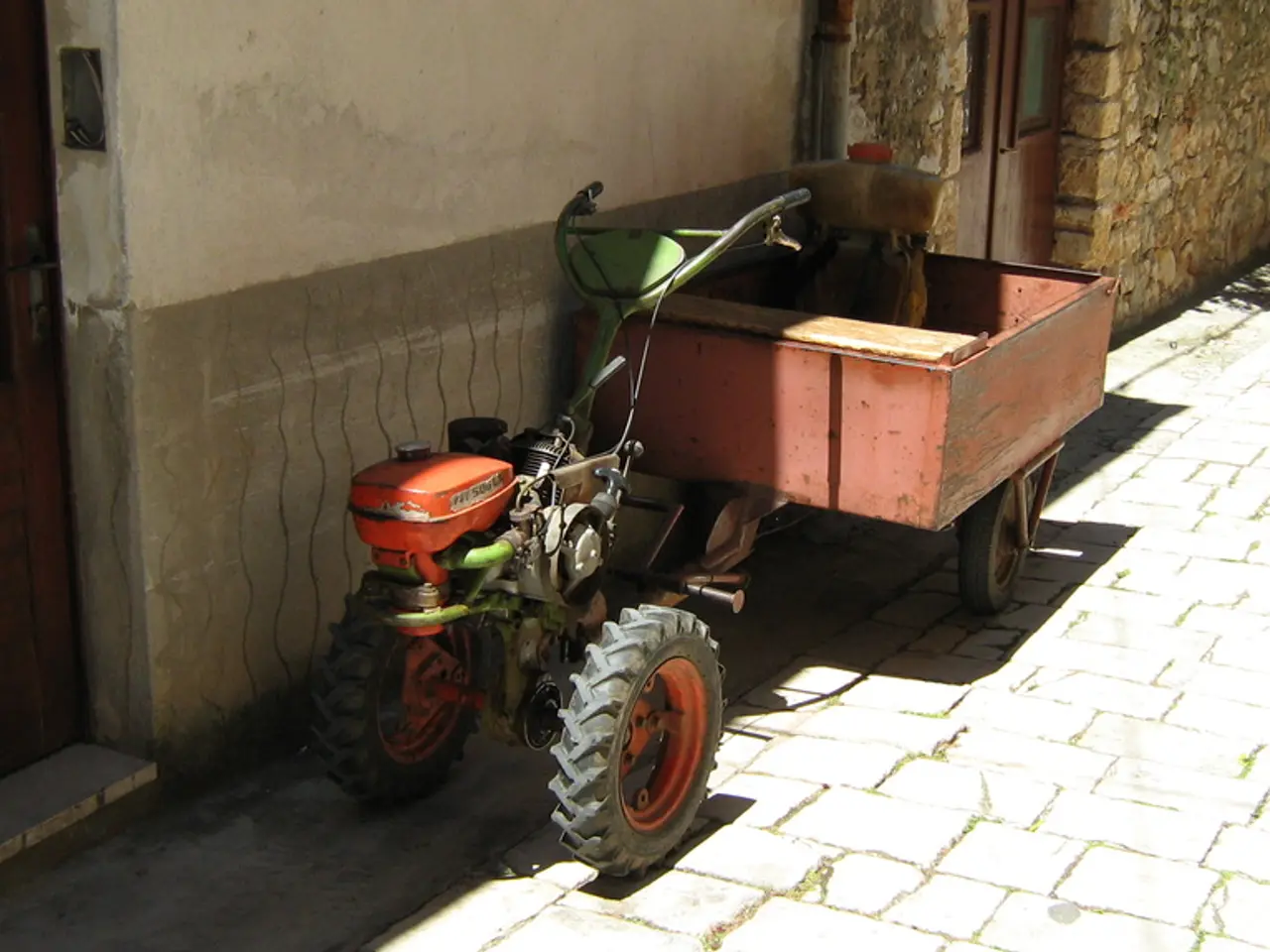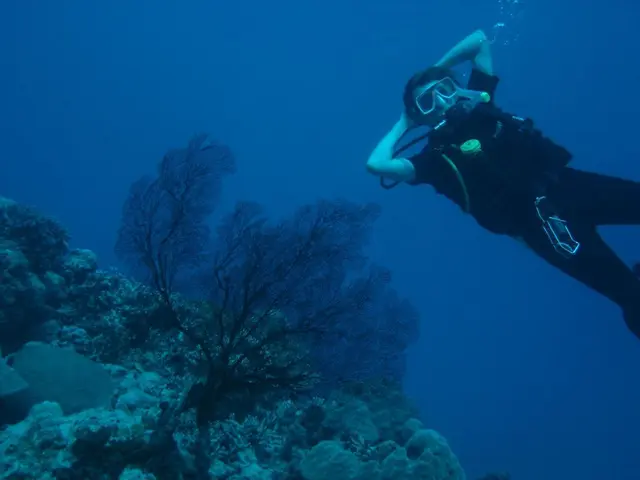Robotaxi service coverage increases for Waymo in Austin, surpassing Tesla's current reach.
In the bustling city of Austin, Texas, the race for robotaxi dominance is heating up. Companies Waymo and Tesla are expanding their operational geofences, each aiming to outdo the other in scale, technology, and service maturity.
Waymo, which launched its robotaxi service in Austin back in March 2025, recently announced its expansion on popular social media platform X. The company's latest move covers an area from North to South Austin, increasing its operational area to a substantial 90 square miles. This expansion makes Waymo's geofence larger than Tesla's current service area of approximately 42 square miles.
Tesla, on the other hand, launched its Robotaxi service in Austin less than a month before mid-July 2025. Initially covering about 19.7 square miles, Tesla doubled its service area to approximately 42 square miles in a swift response to Waymo's initial deployment.
Despite the competition being intense, there are notable differences between the two companies. Waymo's robotaxi platform offers fully autonomous rides with no safety drivers onboard, integrated via the Uber app. In contrast, Tesla's service, while newer, is more limited. Although claims of autonomy are made, Tesla's Robotaxi still requires a Tesla employee inside the vehicle ready to intervene, demonstrating that Tesla's system falls short of the truly driverless capability seen in Waymo’s fleet.
Tesla's Robotaxis primarily operate on surface streets and avoid highways for now, while Waymo's fleet has been navigating the city's highways with ease. Tesla's approach focuses on fewer sensors for lower cost and technical simplicity, while Waymo deploys a more sensor-rich system contributing to its autonomous reliability.
Data from June and early July 2025 indicates that Waymo’s Austin fleet recorded 12 incidents compared to just 1 for Tesla, suggesting a better safety record for Tesla so far, likely related to their driver presence and smaller, more controlled operations.
As both companies continue to expand and improve their services, the future of Austin's robotaxi market is promising. Tesla aims to continue rapidly scaling its Robotaxi footprint and fleet size in Austin to maintain reasonable wait times with the expanded geofence. Waymo, on the other hand, emphasises quality, coverage, and autonomous sophistication, aiming to deliver a broader coverage with mature full autonomy.
In this competitive landscape, it remains to be seen if Tesla will respond to Waymo's latest expansion with another expansion of its own. One thing is certain, the robotaxi wars in Austin are far from over.
Waymo's latest expansion in Austin, covering 90 square miles, signifies a significant increase in its operational area and acommitment to technology advancement in its robotaxi service. In response, Tesla, with a current service area of 42 square miles, may consider expanding its geofence to maintain competitiveness and meet the growing demands in the robotaxi market.




